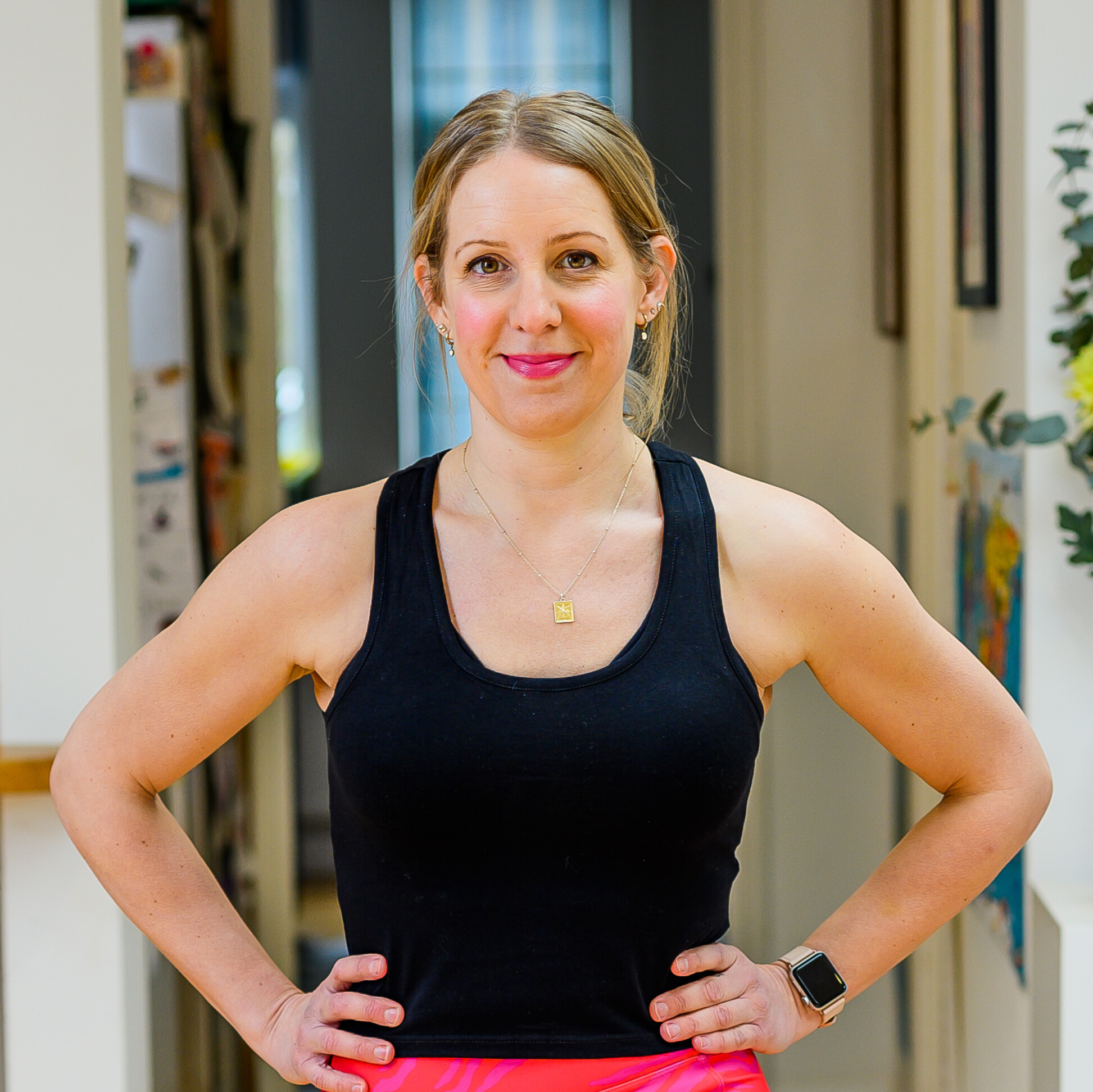30-day plyometrics workout challenge to develop strength and boost your metabolism
Try our month-long plyometrics workout to get stronger, build endurance, and boost your metabolism
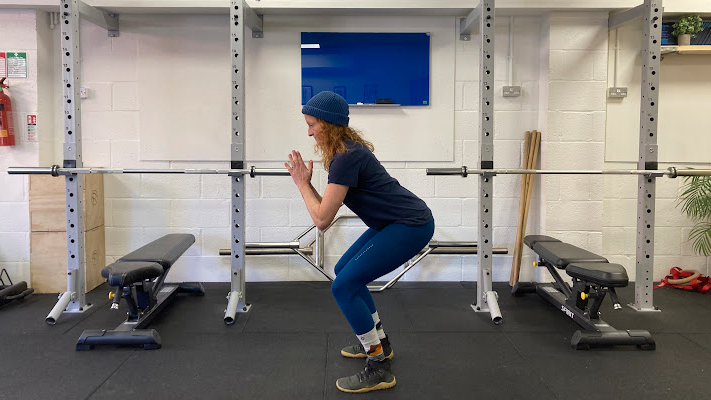
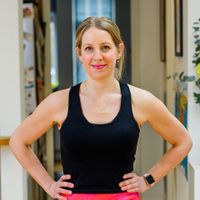
This 30-day plyometrics workout is a must for anyone who wants to get stronger, leaner and healthier. Plyometrics — also known as jump training — is an explosive way of exercising for short intervals that is great for burning energy, building muscle power, and burning fat.
Alexa Hunn-Phillips, co-founder of The Project PT, says: “Plyometric exercises train muscles to produce power, which is a combination of speed and strength. It includes many different types of exercises, from star jumps to box jumps."
As you’ll be doing a lot of quick movements, it’s crucial to use footwear that’ll support your ankles and won’t cause you to slip. The best cross training shoes tick all the right boxes, and can be used for high-intensity workouts, weight lifting, and even short runs.
Alexa Hunn-Phillips is one of the co-founders of The Project PT in Oxford, UK. She has 10 years experience as a personal trainer and previously played professional soccer for England national team.
"Plus, [these workouts can] improve your ability to generate force and explosiveness, which boosts your performance in other exercise. The high-impact nature of plyometrics also stimulates bone growth and density, and tendon strength.”
"And that’s just the physical benefits. If you’re looking to exercise for happiness, plyometrics can be great to manage stress levels by releasing endorphins into the body,” Hunn-Philips adds. So can anyone do plyometrics training?
“Because of the explosive nature of plyometrics, it’s a good idea to build up strength slowly before starting a new routine,” says Hunn-Phillips. “It’s important to develop a good base level of foundational movements before progressing to more advanced exercises."
Plyometrics workout warm up
“A good warm up before starting a plyometric routine is very important,” says Hunn-Phillips. We recommend learning how to warm up in general, but Hunn-Philips has also designed a short routine to get you set up for this plyometrics workout.
Start your week with achievable workout ideas, health tips and wellbeing advice in your inbox.
- Sit on the floor with your legs straight out in front. Push your toes away from your body, then pull towards you. Complete 10 repetitions each way.
- In the same position, rotate your feet to the right 10 times, then to the left 10 times. Focus on making your feet and ankles moving, not your legs.
- Stand upright and do 10 calf raises, lifting your heels off the ground and engaging your calf muscles as you stand on your toes.
- Jog on the spot for one minute, then do 10 jumps on the spot. Complete this two-move circuit twice.
Six plyometric exercises
You only need six bodyweight moves to take on this 30-day plyometrics challenge. Each exercise is designed to work your whole body, increase your heart rate, and boost your metabolism.
According to Hunn-Phillips “The routines are generally short, but because of the high intensity element, the body continues to work and burn calories long after you have finished exercises.”
You'll only do three of the six exercises each day during the challenge, but it's important to get the technique right to get the most from your training and avoid injury. So, we've listed the moves you need and how to get started.
1. High knees
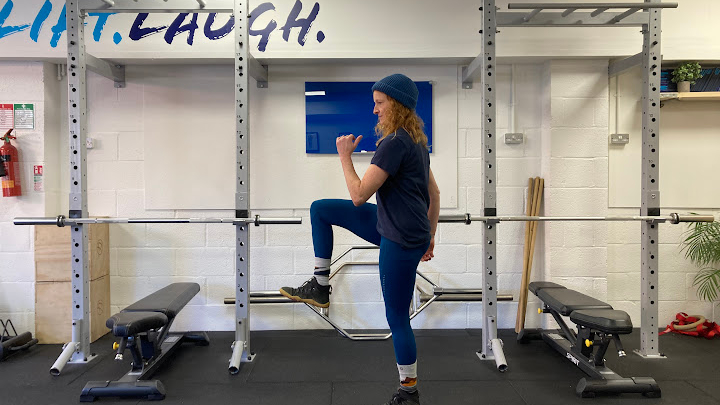
This exercise works the glutes (the big muscles in the buttocks) and the quadriceps (front of the thighs) as well as hip flexors (front of the hips), hamstrings (back of thighs), calves (back of lower legs) and core.
Be careful not to round your lower back as you lift your knees up, and don’t forget you can move your arms too, whether your jogging or at sprinting pace.
- Stand with feet hip width apart and slowly start to jog on the spot.
- Bring your left knee up to waist level and lower before driving the right knee up to waist level.
- Alternate like this until you hit your desired repetitions.
2. Thrusters
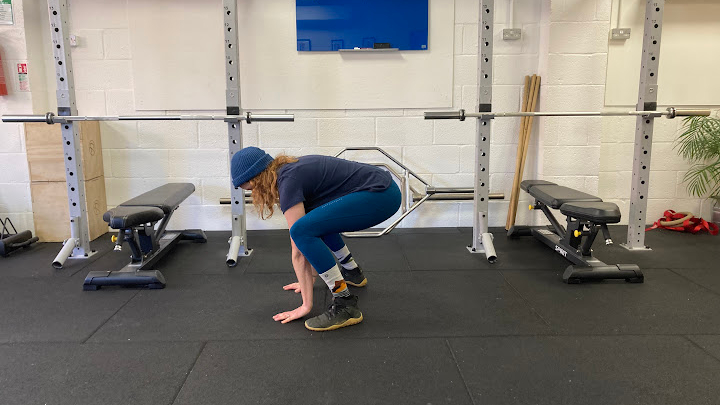
This exercise works the core, shoulders (deltoids), quads, glutes and hamstrings. It also helps raise your heart rate to burn more energy during your workout.
- Stand with your feet under your shoulders.
- Jump your legs back and land in a high plank position.
- Then, jump your legs up towards your hands and back to your starting position.
- As you land, jump straight up and raise your arms above your head.
- Land softly and begin the movement again until you hit your repetition goal.
3. Squat jumps

This move works the glutes and quadriceps as well as hip flexors, hamstrings, calves and core.It’s an example of a compound exercise, which works several muscles at once, and helps raise your heart rate and boost your metabolism (the amount of energy you burn during the day).
- Stand with your feet shoulder-width apart and place your palms together in front of your chest.
- Lower into a squat, driving your hips back and bending your knees. Keep your spine neutral and head looking forwards.
- Use your leg muscles (like your glutes, quads, and hamstrings) to propel yourself up and drive your arms back to create power.
- Aim to fully extend your legs during the jump and land with control, being your knees and engaging your core.
- That’s one repetition. Repeat the process until you hit your rep target.
4. Star jumps
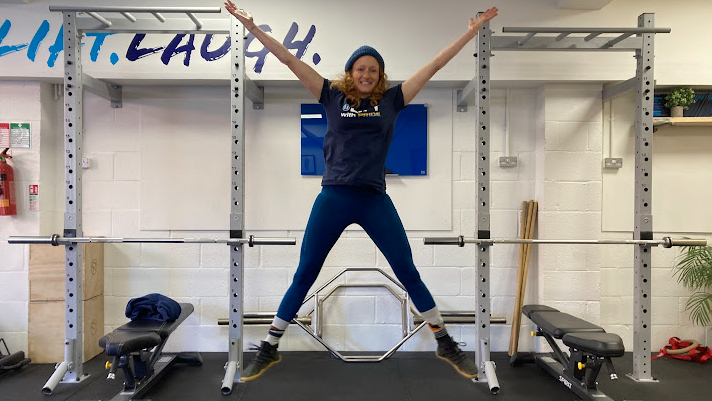
This classic exercise works the hip flexors, quads, glutes, hamstrings, and calves. Although it mostly engages your lower body, star jumps also work your core for balance and stability.
- Stand with your feet shoulder-width apart and with soft knees, arms at your sides, and keep your head looking forwards throughout.
- Slowly lower by pushing your hips back and bending your knees, keeping your spine neutral, then go as low into a squat as you feel comfortable.
- Explosively drive your feet into the floor and jump straight up, extending your legs and arms outwards to form an X shape.
- Land back into your squat position, and make sure your hips and knees bend to absorb the force. That’s one rep.
5. Ice skaters
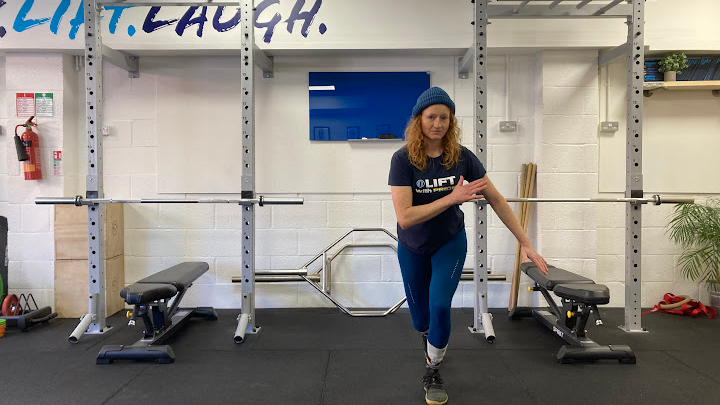
This exercise works the adductor muscles, glutes, quads, calves, and core. To get the technique right, imagine the movement of a skater as they glide across the ice, alternately using each leg to propel themselves forward.
- Stand with your feet shoulder-width apart.
- Hop to stand on your right foot, while sweeping your left leg behind your right.
- Return to the starting position and repeat on the other side, swinging your arms as you move. That’s one rep.
- Start with small jumps and progress to bigger jumps when you become more confident.
6. Plank jacks
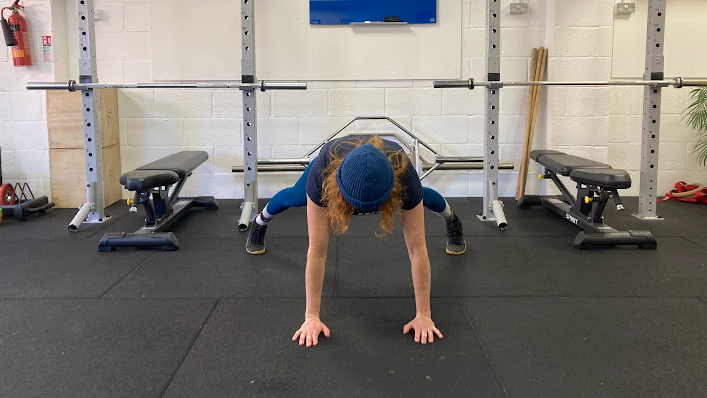
This plank variation takes the core strengthening staple and adds a high-intensity section to challenge your stability and raise your heart rate.
- Start in a plank position, with your hands directly under your shoulders, legs straight, and core engaged.
- Jump your legs outwards, and once your feet land, jump your legs inwards and back to the start position.
- Be careful not to arch your back during this movement.
- Repeat until you hit your rep goal.
30-day plyometrics workout plan
Now you know the moves, follow our day-by-day plyometrics workout plan below, which increases the amount of reps you do every day, alternating the combination of moves to keep things varied.
Muscles need rest days to recover and grow stronger, and this is a challenging workout, so we’ve factored a lot of these into the program, too. To help things along, make sure you spend up to 10 minutes stretching after this workout.
| Day | Exercise 1 | Exercise 2 | Exercise 3 |
|---|---|---|---|
| 1 | 5 x high knees | 5 x thrusters | 5 x squat jumps |
| 2 | 6 x high knees | 6 x thrusters | 6 x squat jumps |
| 3 | Rest day | Rest day | Rest day |
| 4 | 7 x squat jumps | 7 x star jumps | 7 x ice skaters |
| 5 | 8 x ice skaters | 8 x plank jacks | 8 x high knees |
| 6 | Rest day | Rest day | Rest day |
| 7 | 9 x high knees | 9 x thrusters | 9 x squat jumps |
| 8 | 10 x squat jumps | 10 x star jumps | 10 x ice skaters |
| 9 | Rest day | Rest day | Rest day |
| 10 | 11 x plank jacks | 11 x high knees | 11 x thrusters |
| 11 | 12 x squat jumps | 12 x star jumps | 12 x ice skaters |
| 12 | Rest day | Rest day | Rest day |
| 13 | 13 x plank jacks | 13 x high knees | 13 x thrusters |
| 14 | 14 x squat jumps | 13 x star jumps | 14 x ice skaters |
| 15 | Rest day | Rest day | Rest day |
| 16 | 15 x plank jacks | 15 x high knees | 15 x thrusters |
| 17 | 16 x squat jumps | 16 x star jumps | 16 x ice skaters |
| 18 | Rest day | Rest day | Rest day |
| 19 | 17 x plank jacks | 17 x high knees | 17 x thrusters |
| 20 | 18 x squat jumps | 18 x star jumps | 18 x ice skaters |
| 21 | Rest day | Rest day | Rest day |
| 22 | 19 x plank jacks | 19 x high knees | 19 x thrusters |
| 23 | 20 x squat jumps | 20 x star jumps | 20 x ice skaters |
| 24 | Rest day | Rest day | Rest day |
| 25 | 21 x plank jacks | 21 x high knees | 21 x thrusters |
| 26 | 22 x squat jumps | 22 x star jumps | 22 x ice skaters |
| 27 | 23 x plank jacks | 23 x high knees | 23 x thrusters |
| 28 | Rest day | Rest day | Rest day |
| 29 | 24 x squat jumps | 24 x star jumps | 24 x ice skaters |
| 30 | 25 x plank jacks | 25 x high knees | 25 x thrusters |
This one-month challenge will help develop strength all over your body, burn fat, and boost your metabolism. “However, it’s important to understand that if your goal is to lose weight, your nutritional habits will be far more important than your exercise routines,” advises Hunn-Phillips.
One of the major parts of this is learning how to eat healthily on a budget and ensuring you’re getting the nutrients you need for recovery. That’s why it’s worth adding a post-workout shake with the best protein powders for weight loss to your routine to repair damaged muscles.
If you’ve enjoyed this month-long challenge, we have others you can line up next. If you want something a bit lower impact, then this 30-day flexibility plan is ideal. Alternatively, strengthen your upper body with our 30-day arms challenge.
Maddy Biddulph is a journalist specializing in fitness, health and wellbeing content, with 26 years in consumer media working as a writer and editor for some of the bestselling newspapers, magazines and websites in the US and UK, including Marie Claire, The Sunday Times and Women’s Health UK.
She is a CIMPSA-certified PT and works one-on-one with clients, as well as running Circuits Club classes which mixes cardio and strength training and chair-based exercise classes for seniors.
